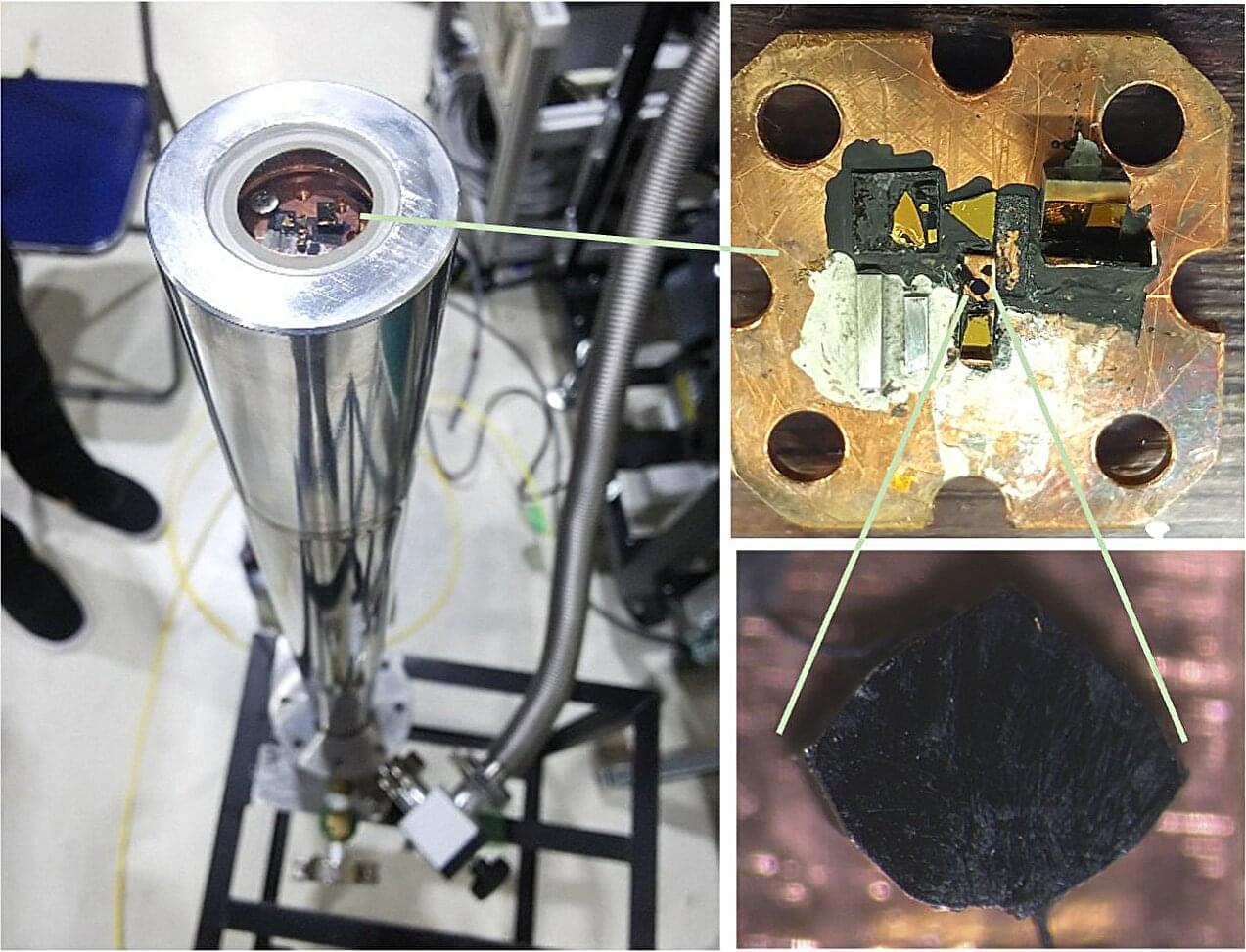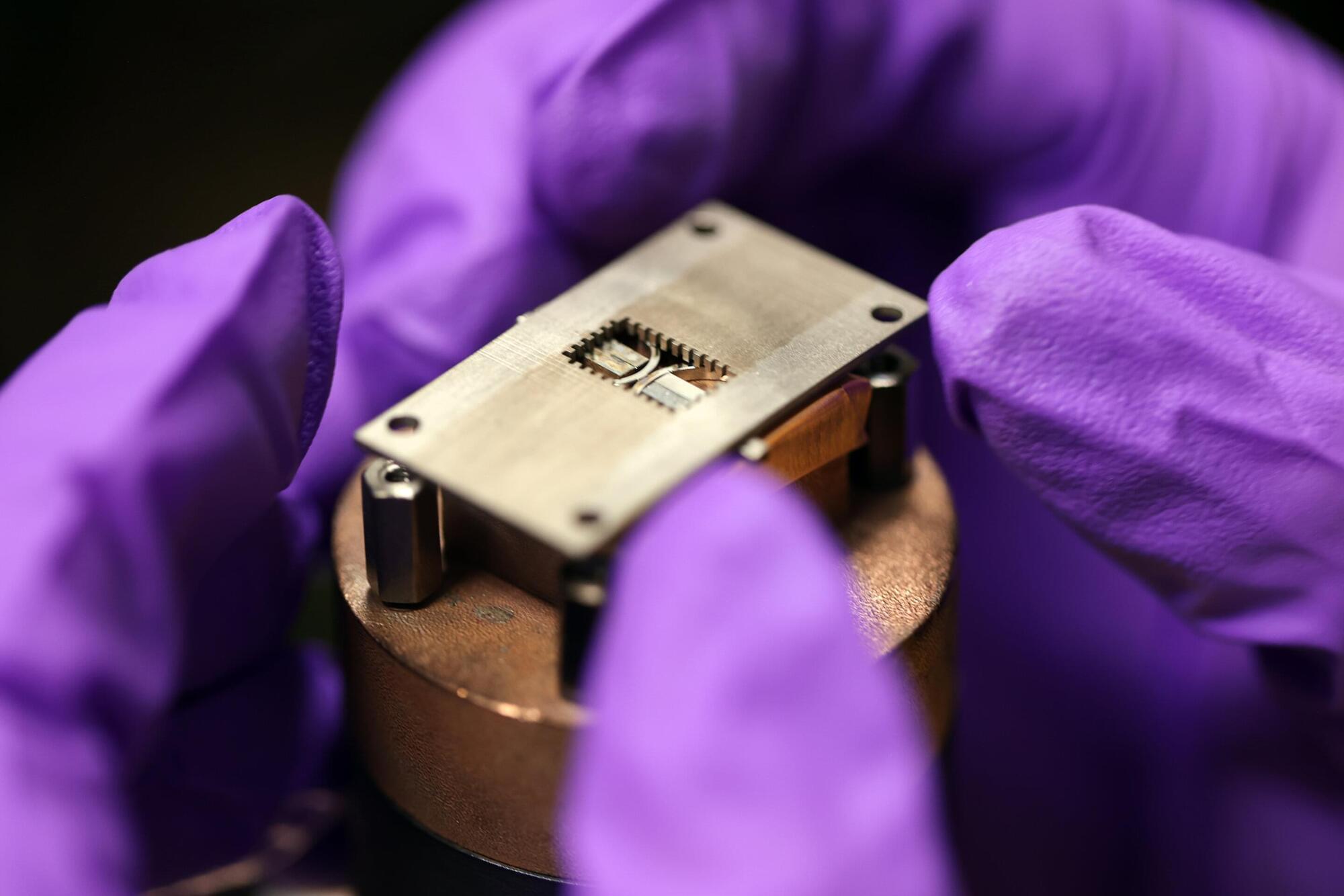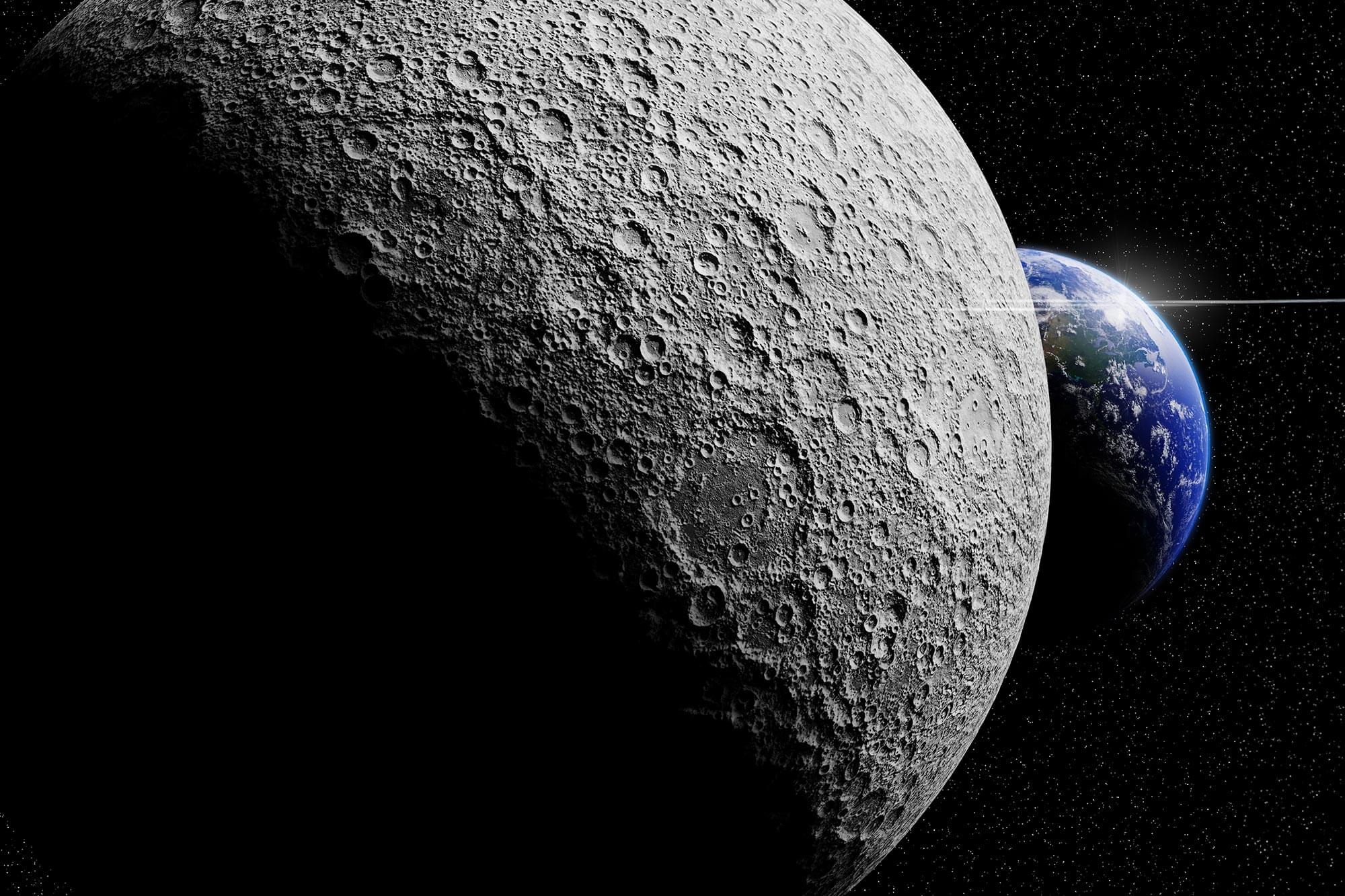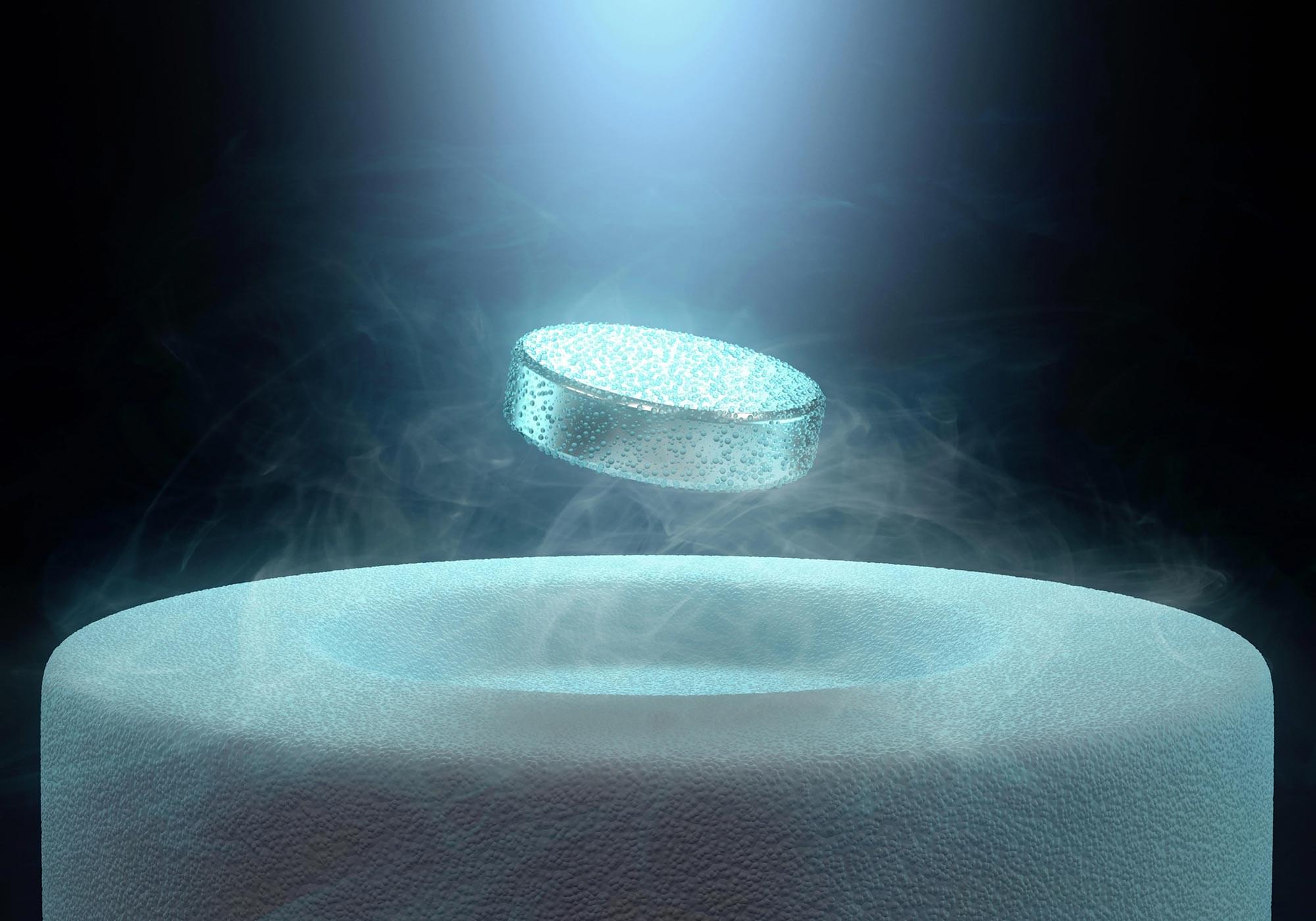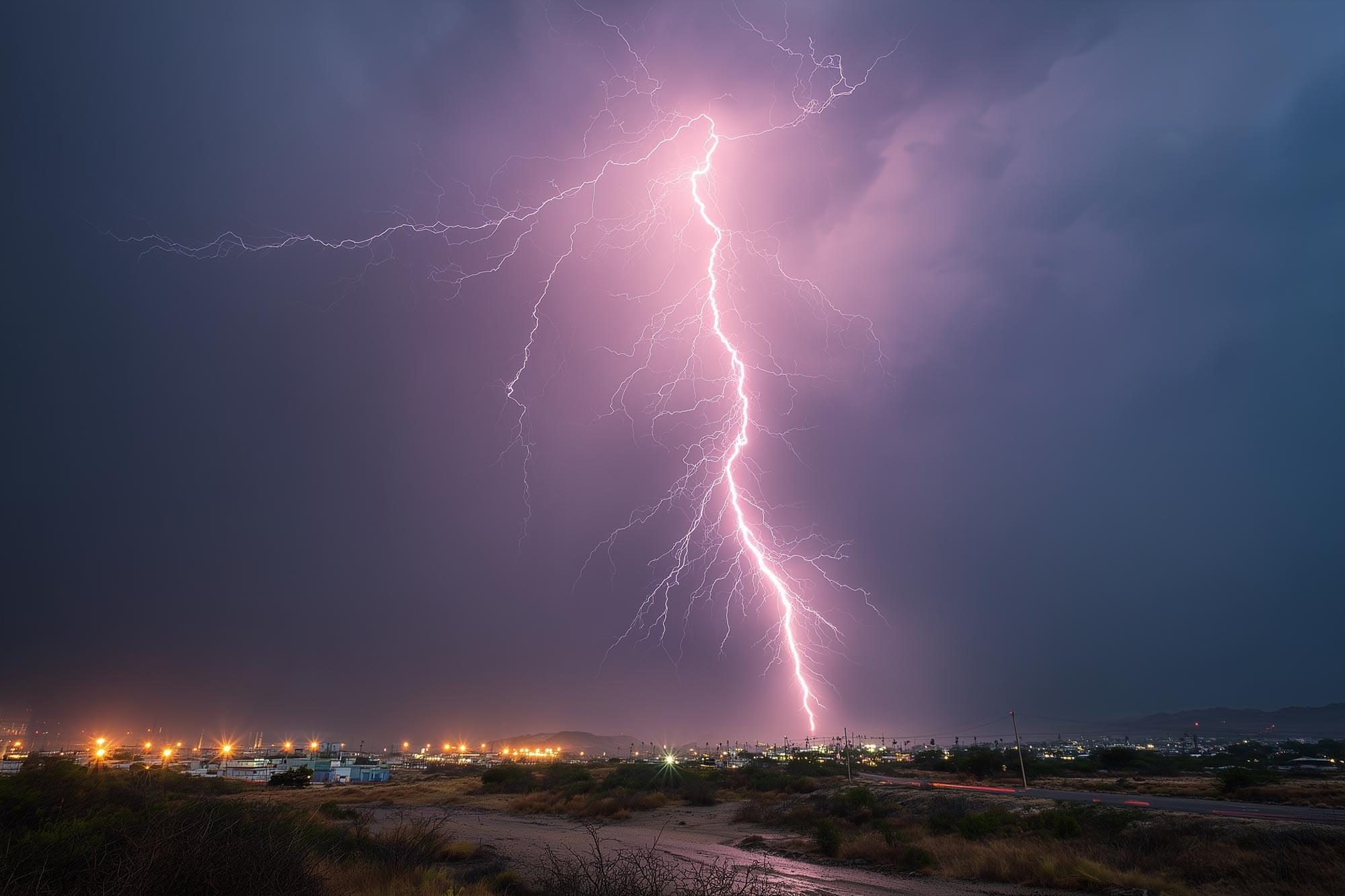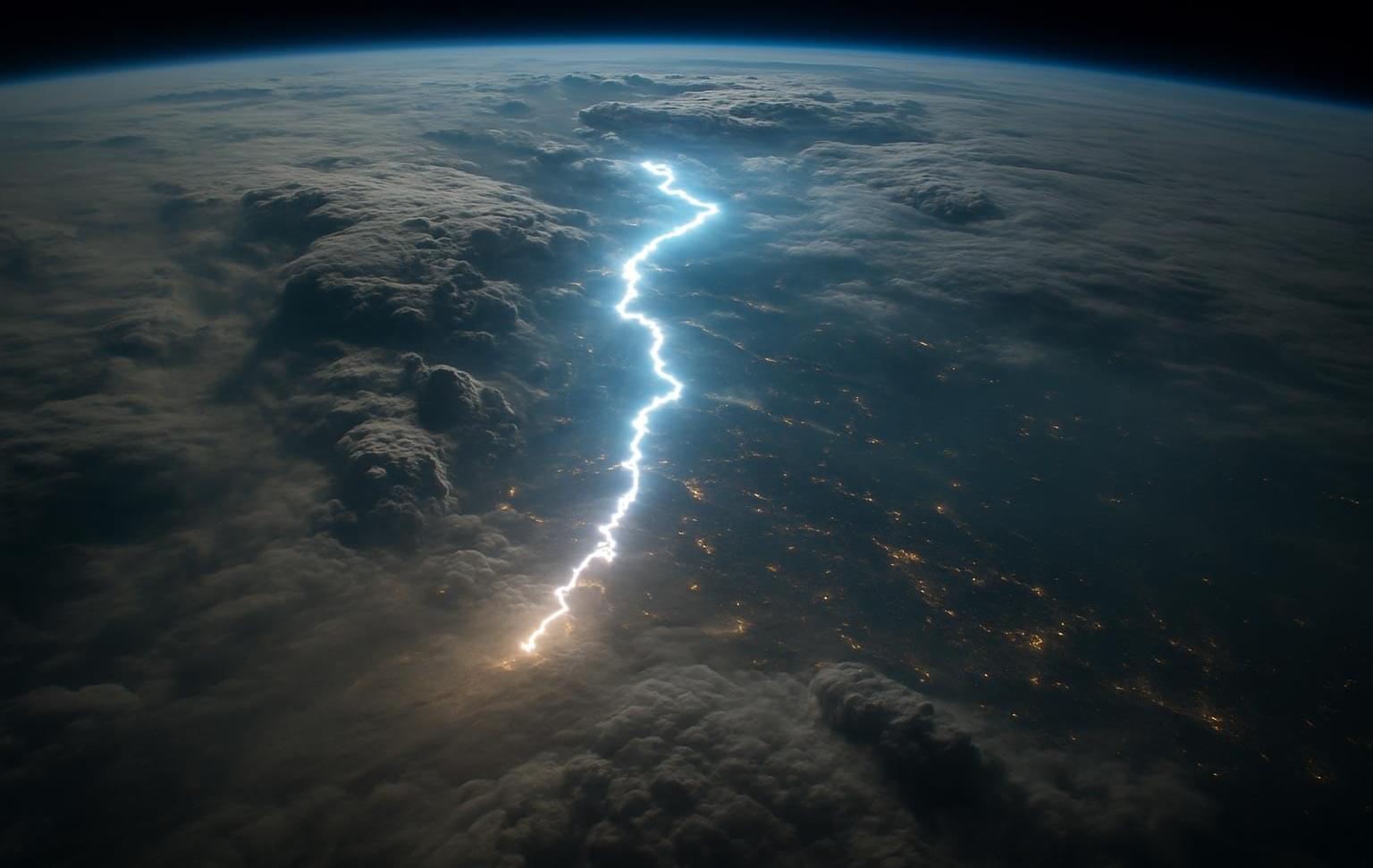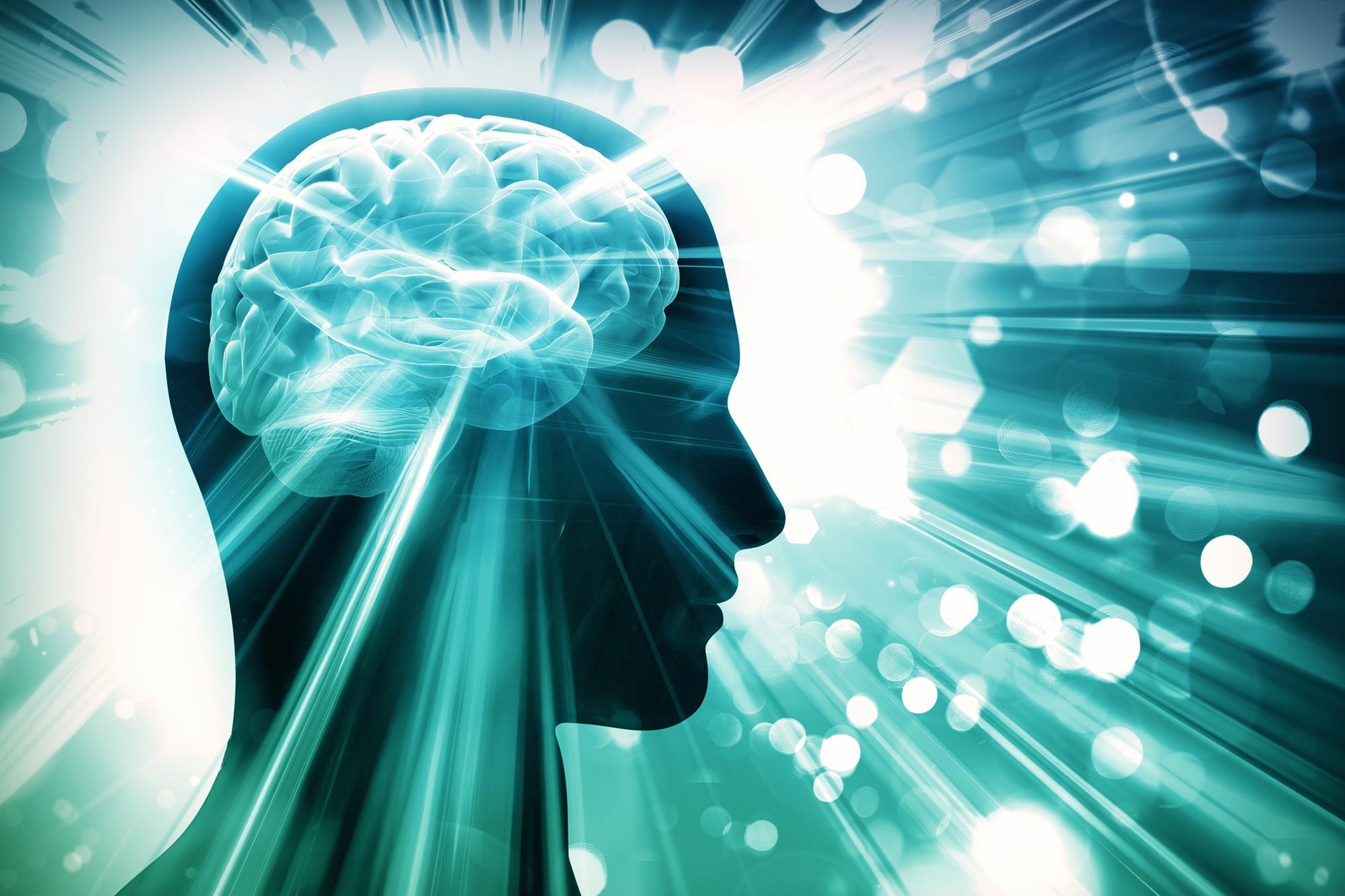Researchers have uncovered the magnetic properties and underlying mechanisms of a novel magnet using advanced optical techniques. Their study focused on an organic crystal believed to be a promising candidate for an “altermagnet”—a recently proposed third class of magnetic materials. Unlike conventional ferromagnets and antiferromagnets, altermagnets exhibit unique magnetic behavior.
“Unlike typical magnets that attract each other, altermagnets do not exhibit net magnetization, yet they can still influence the polarization of reflected light,” points out Satoshi Iguchi, associate professor at Tohoku University’s Institute for Materials Research. “This makes them difficult to study using conventional optical techniques.”
To overcome this, Iguchi and his colleagues applied a newly derived general formula for light reflection to the organic crystal, successfully clarifying its magnetic properties and origin. The work is published in the journal Physical Review Research.
